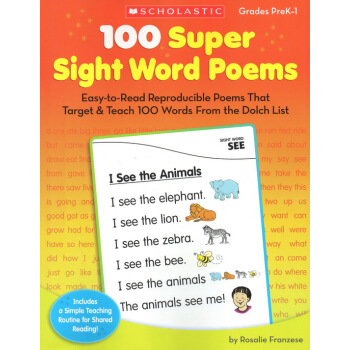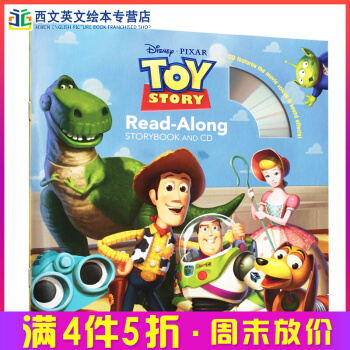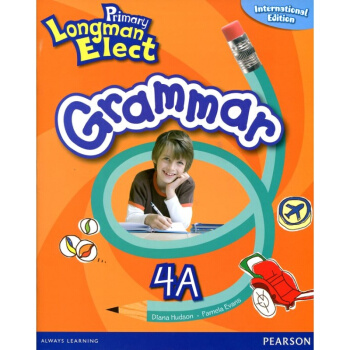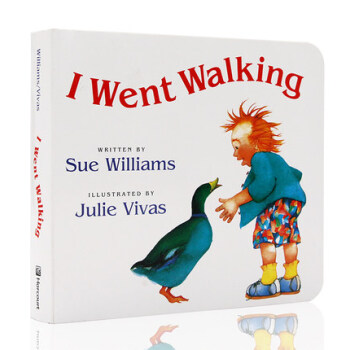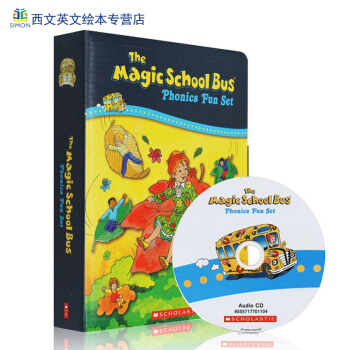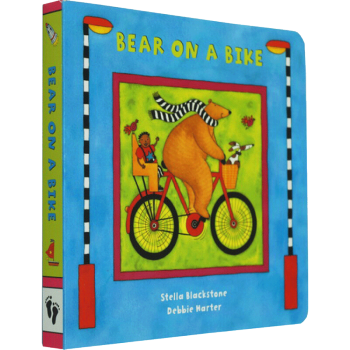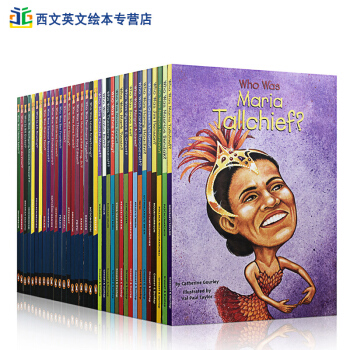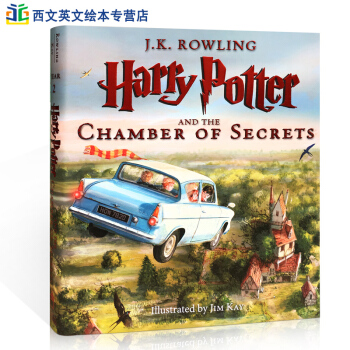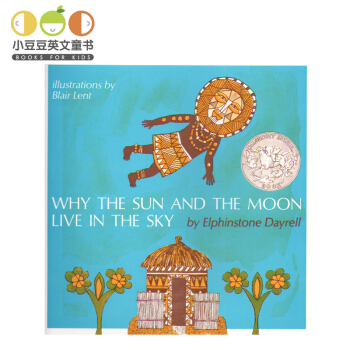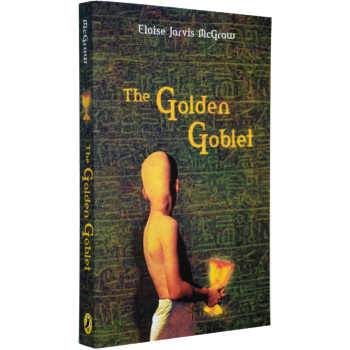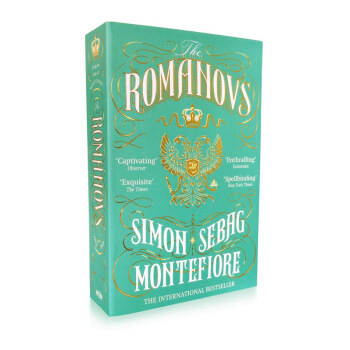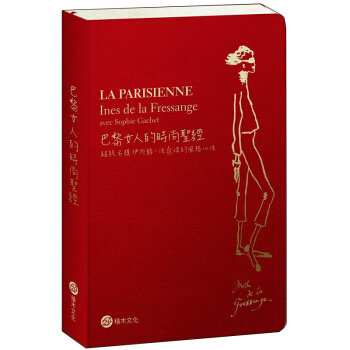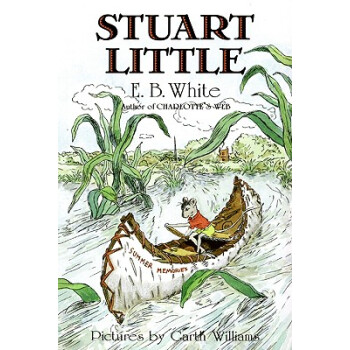具体描述
装 帧:平装作 者:Rosalie Franzese开 本:27.9 x 21.3CM页 数:112页(含扉页)语 言:英语IS BN :9780545238304出版社:Scholastic
【商品简介】Set the stage for young learners to become able readers, writers, and spellers with these just-right poems that teach 100 key words from the Dolch list! Each poem includes simple text and rebus pictures so students can master these must-know sight words--independently. Includes a day-by-day classroom routine to ensure success. For use with Grades K-2. 内页图:
Title: Engaging Early Literacy Through Imaginative Rhyme and Rhythm Introduction: Laying the Foundation for Reading Success This collection is meticulously crafted to support emergent readers in mastering essential high-frequency words, often referred to as "sight words." Recognizing that the early years—Pre-K through Grade 1—are foundational for all subsequent literacy development, this book focuses on building automaticity with words that do not always follow standard phonetic rules. By embedding these critical words within memorable, context-rich poems, the book transforms rote memorization into an enjoyable, meaningful learning experience. The goal is to bridge the gap between recognizing individual words and comprehending connected text, fostering genuine reading fluency. Core Methodology: The Power of Contextualized Poetry The pedagogical approach hinges on the principle that context significantly aids memory retention. Instead of presenting isolated lists, each poem centers around a specific theme or narrative, weaving multiple sight words naturally into the structure. Repetitive Structures for Predictability: Many poems employ consistent, predictable sentence frames or rhythmic patterns. This repetition allows young learners to anticipate upcoming words, boosting confidence and reducing cognitive load. For instance, a pattern like "I see a [sight word] in the sky, a [sight word] flying by" allows the student to focus solely on decoding the new sight word within a familiar framework. Rhythm and Melody for Auditory Learning: The inherent musicality of poetry—the meter, the rhyme scheme, and the cadence—engages auditory memory pathways. Children often internalize words more effectively when they can chant or sing them. These poems are designed to be read aloud with emphasis on the target vocabulary, making the sound-symbol connection robust. Visual Support Through Layout: While the focus remains on the textual content, the visual presentation of the poems is designed to minimize distraction while highlighting the vocabulary. Key sight words are often placed at the beginning or end of lines, capitalizing on natural reading eye movements and reinforcing their position within the sentence structure. Content Organization and Scope This volume strategically addresses the most frequently encountered sight words appropriate for the Pre-K to Grade 1 curriculum. The selection is based on established benchmarks for early reading proficiency, ensuring that the vocabulary mastered here forms the backbone of a child’s instant recognition vocabulary. The poems are loosely grouped by thematic relevance or by the introduction of specific grammatical components, although the primary organizing principle remains the integration of the target sight words. Themes might include: 1. The Natural World: Poems about animals, weather, and seasons, incorporating words like the, on, in, up, down. 2. Daily Routines and Actions: Verses centered on playing, eating, and moving, featuring words such as go, come, see, look, play. 3. Personal Pronouns and Descriptions: Focusing on self and others, utilizing words like I, you, he, she, we, they, is, are. 4. Prepositions and Connectors: Verses that establish relationships between objects and ideas, incorporating words like with, for, and, but, not. Each poem serves as a self-contained unit, yet their collective use builds a comprehensive vocabulary bank. The poems range in length, allowing educators or parents to select appropriate challenges based on the child’s current developmental stage—shorter, punchier verses for initial recognition, and slightly longer, more complex narratives for fluent readers transitioning to comprehension. Educational Benefits Beyond Word Recognition Mastering sight words through this poetic medium yields several cascading benefits crucial for early literacy development: Enhanced Reading Fluency: Automatic recognition frees up cognitive resources previously spent on decoding. When a child doesn't have to sound out was or said, they can dedicate their mental energy to understanding the meaning of the entire sentence. This shift is the cornerstone of fluency. Improved Comprehension: Fluent readers are better comprehenders. By quickly recognizing the structural words that hold sentences together, students can focus on the content words, leading to a deeper grasp of the story or information presented in the text. Vocabulary Expansion through Context: Even though the primary focus is on sight words, the surrounding vocabulary within the poems (the decodable or phonetically regular words) naturally expands the child’s overall word bank. The poems create rich semantic fields for exploration. Development of Phrasing and Pacing: Reading poetry naturally encourages appropriate pacing and prosody (the rhythm and emphasis of speech). Children learn where to pause, where to stress, and how to read with expression, skills vital for expressive reading aloud. Positive Association with Reading: The collection transforms potentially tedious drilling into a joyful, shared activity. The inherent fun of rhyme and rhythm fosters a positive emotional connection to books, encouraging children to choose reading materials independently. Practical Application for Educators and Parents This book is designed to be flexible, accommodating various teaching styles: 1. Guided Reading: A teacher can introduce a poem, highlight the target sight words, and then read it chorally with the class, focusing on pronunciation and rhythm. 2. Independent Practice: Once introduced, the poems become excellent material for independent reading practice. The rhythmic nature makes self-correction easier. 3. Dramatization and Performance: The simple narratives often lend themselves well to dramatic interpretation. Children can act out the scenes described in the poems, further embedding the vocabulary through kinesthetic learning. 4. Assessment Tool: The poems provide a quick, engaging method for informal assessment, allowing adults to gauge a child’s instant recognition of the target words within a natural sentence structure, rather than relying solely on flashcard recall. Conclusion: A Creative Pathway to Literacy Mastery This volume serves as an indispensable resource for nurturing confident, fluent early readers. By merging the foundational necessity of sight word mastery with the enduring appeal of rhythm and story, it provides a vibrant, non-intimidating pathway to reading success. It is a toolkit for transforming reluctant learners into enthusiastic readers who see words not as obstacles to decode, but as building blocks for limitless imagination.
